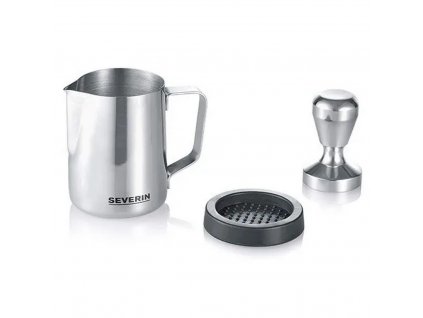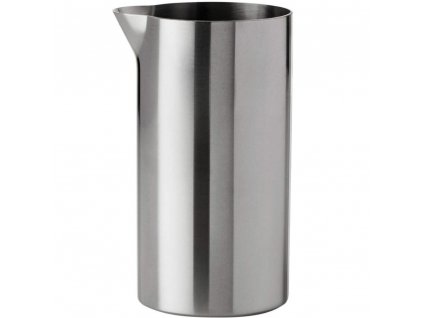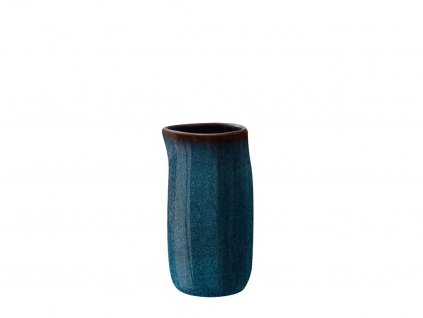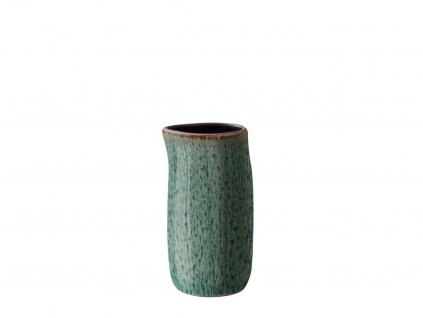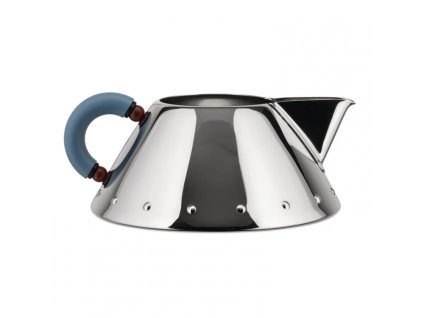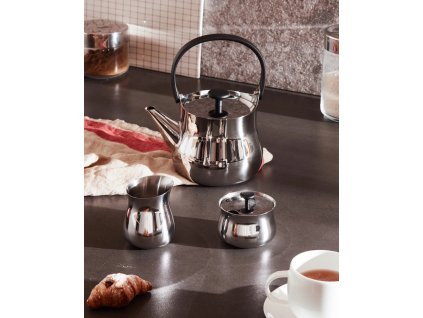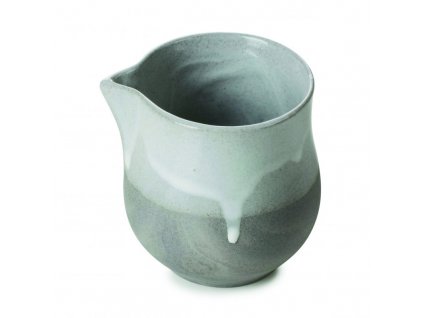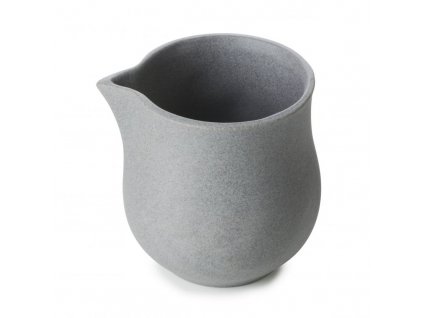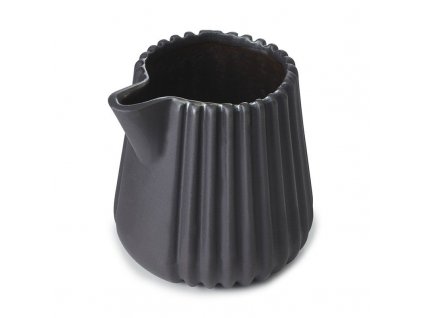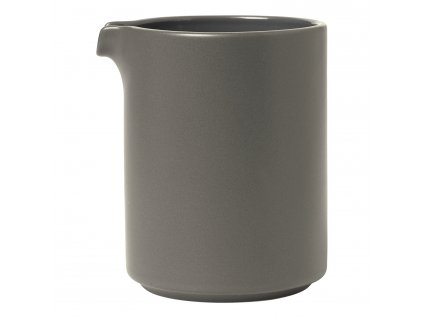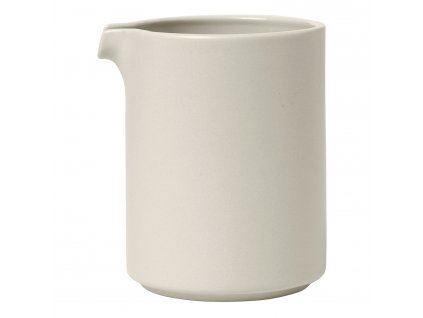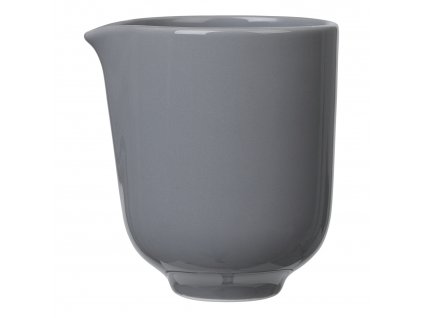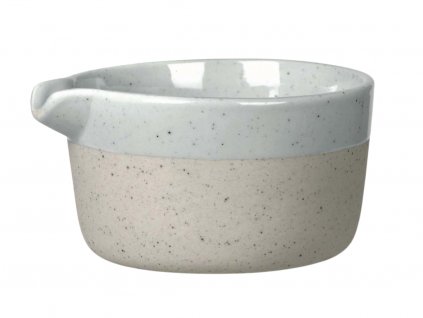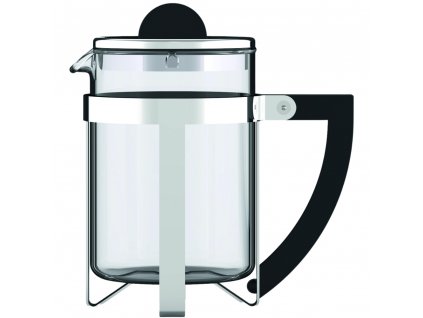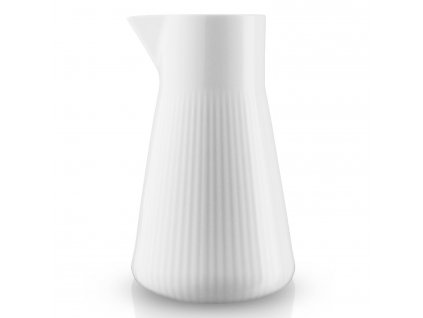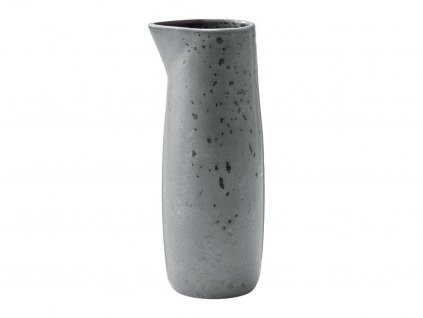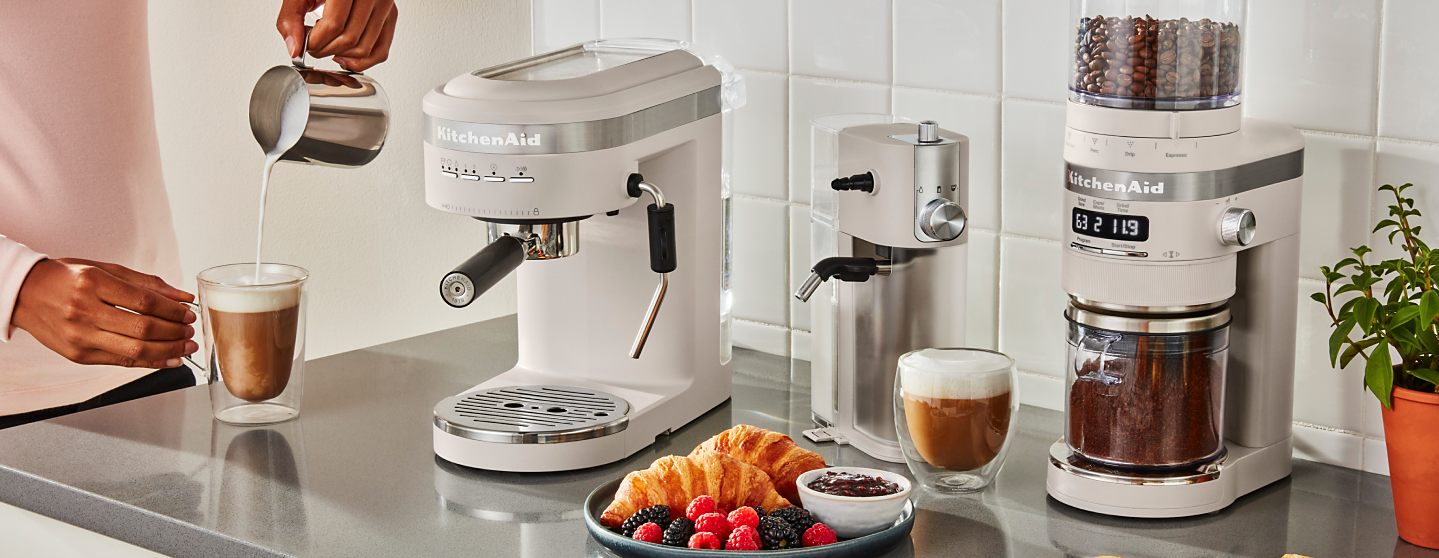milk jugs
Product sorting
List of products
Milk Jugs - An Elegant Accessory for Serving Coffee and Tea
A milk jug is a small but important detail that can elevate any serving of coffee or tea into a truly special experience. Whether you add milk to your cappuccino, latte, or black tea, a beautiful milk jug will make serving drinks stylish and comfortable.
Why buy a milk jug?
- Practical serving – milk or cream can be served elegantly and conveniently right at the table.
- Aesthetics – complements other tableware and enhances the dining atmosphere.
- Versatile use – also great for serving sauces, dressings, or syrups.
- Perfect for guests – showcasing your attention to detail and hospitality.
How to choose the perfect milk jug?
The choice depends on the volume, design, and material. Porcelain and ceramic milk jugs offer a traditional and elegant feel, while stainless steel options are durable and modern. A well-designed spout for easy, drip-free pouring is also a practical feature.

The best jugs on the market
If you're looking for a stylish and high-quality jug, opt for the Bitz brand, which offers Scandinavian design and natural colour tones. The French brand Revol combines traditional craftsmanship with modern aesthetics, while minimalist pieces from Blomus blend seamlessly into any contemporary kitchen.
Final tip:
Want to elevate your coffee or tea break to absolute perfection? Complement your milk jug with an elegant sugar bowl, high-quality cups and saucers, and of course, a selection of premium coffee or tea. Beautiful dining begins with the details!
.png)
